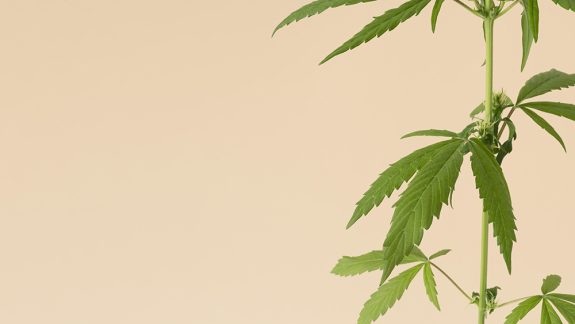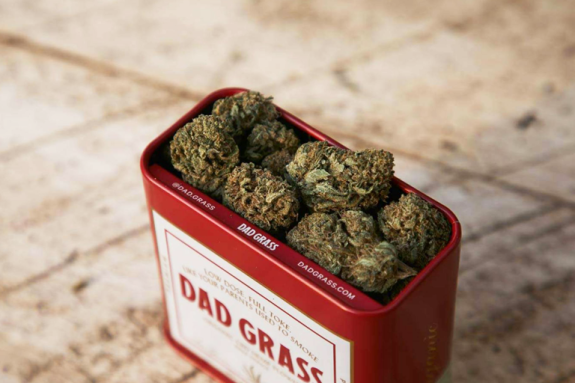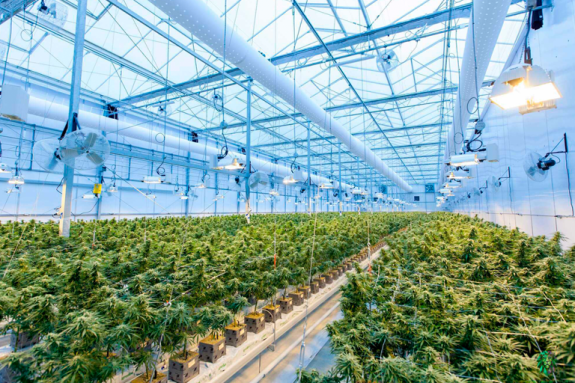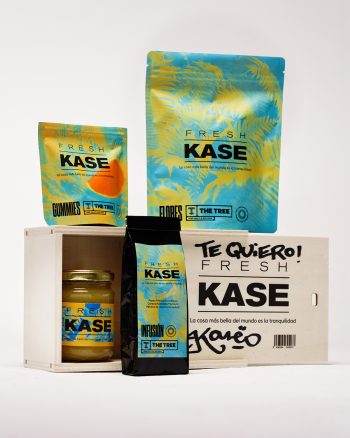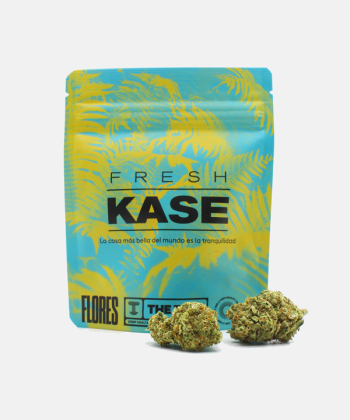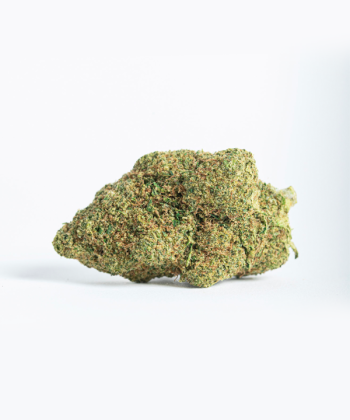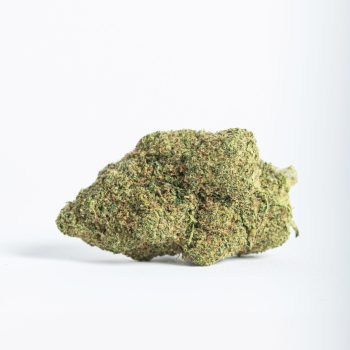In the wide world of cannabinoids, chemical compounds of the cannabis plant, two names have dominated the scene: THC and CBD. However, there are more than 100 such compounds. Among them is CB9, a relatively unknown cannabinoid that is beginning to capture the attention of researchers and cannabis enthusiasts alike.
At first glance, CB9 might appear to be just another member of the growing list of cannabinoids, but closer inspection reveals that its properties and potential are clearly distinct from the more well-known CBD. This article dives into the world of CB9, exploring what exactly it is and how it differs from CBD.
CBD vs. CB9: understanding the key differences
Cannabidiol (CBD) and CB9 are compounds found in the cannabis plant, each with a unique profile of effects on the human body and therapeutic potential. Although research on CB9 is still preliminary, comparing these cannabinoids may shed light on how they could be used in the near future.
- Origin and chemical structure: CBD has been extensively studied, demonstrating a wide range of properties, from possible anxiety reduction to potential pain relief, without the psychotropic effects associated with THC. CB9, on the other hand, is less well known and its research is at an earlier stage. Like other cannabinoids, CB9 is presumed to be produced through the plant’s biosynthetic pathways, possibly as a derivative of more common cannabinoids such as THC or CBD. Its chemical structure, although not fully detailed, probably shares similarities with other cannabinoids, allowing it to interact with the endocannabinoid system. This is also known as the SEC and is the part of the animal and human body that is capable of being influenced by cannabinoids, whether endogenous or exogenous.
- Effects on the body: CBD interacts with the SEC in a complex way, influencing multiple receptors and pathways in the body without significantly activating the CB1 receptors, which are the ones that induce the psychotropic effects of marijuana, which is why it does not produce alterations in perception¹. Unlike CBD, the specific effects of CB9 and its interaction with the endocannabinoid system have not yet been fully detailed in the scientific literature, but it is thought that it may have psychotropic effects, according to several cannabis industry websites.
Is CB9 legal in Spain and the EU?
As with many other cannabinoids, both of natural and synthetic origin, CB9, not being mentioned in any law or specifically prohibited, is considered a product in a legal grey area.
However, the legal status of the different cannabinoids can vary significantly depending on their presentation and/or form of administration, as well as the specific regulations of each country.
In Spain, the forms of administration and consumption of cannabinoids that are different from the topical route or inhalation through vapes and e-liquids are not explicitly covered by current legislation.
In other words, users who consume cannabinoid products by means other than those mentioned above could find themselves in an ambiguous legal situation, potentially in contradiction with current legislation.
Finally, at The Tree CBD, we believe it is important to remember that products containing CB9 or any other type of cannabinoid, whether of natural or synthetic origin, are not approved by the health authorities to diagnose, treat or cure diseases.
Therefore, its use cannot be considered under any circumstances as a substitute for proper medical treatment. In case of any doubt or possible medical condition, it is always advisable to consult a health professional to evaluate each specific case and follow the corresponding medical indications.
References
- Bisogno, T., Hanuš, L., Petrocellis, L., Tchilibon, S., Ponde, D., Brandi, I., Moriello, A., Davis, J., Mechoulam, R., & Marzo, V. (2001). Molecular targets for cannabidiol and its synthetic analogues: effect on vanilloid VR1 receptors and on the cellular uptake and enzymatic hydrolysis of anandamide. British Journal of Pharmacology, 134.

